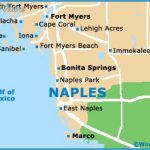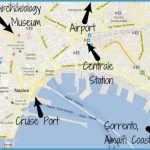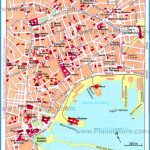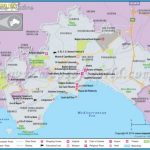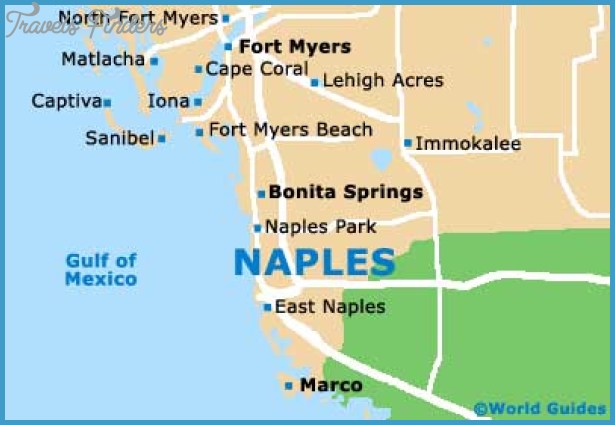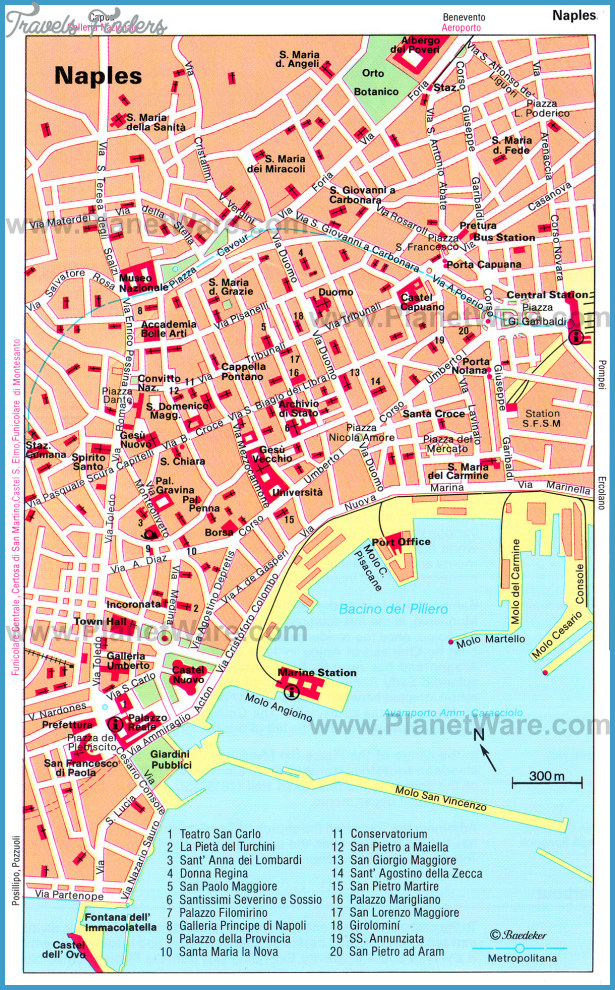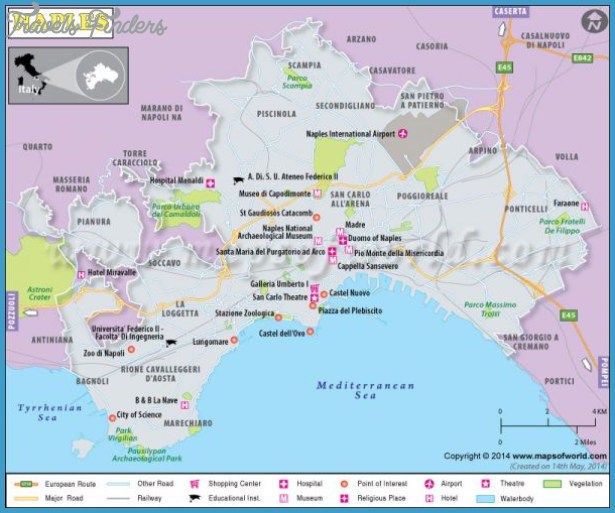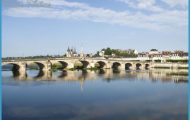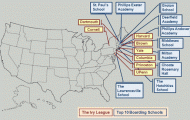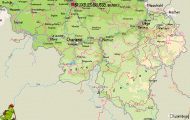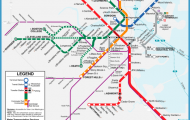Like beer, the character of espresso comes from the water used. The pantheon section of Rome has the reputation of being one of the best places for the caffeine fix. The water in the area flows through a fourteen-mile aqueduct functioning since 19 B.C.
Espresso bars also offer soft drinks, beer, hard liquor, sandwiches, hamburgers, or other fast food. The places themselves almost always gleam with chromium and marble. Neon lighting adds a garish note.
The espresso bar is no place to linger. Patrons get in and out fast. Five to ten minutes to pay for the coffee, leaving a few cents tip and then join the locals who feel they deserve a break, are bored, feel low or want to come elbow-to-elbow with other people.
Italian hotels are government ranked, deluxe at the top, first-class and down to third-class. Italy’s hotel classification system is such that the second-class hotel ranks in quality with most of America’s first-class hotels, but is lower in price. The Campagnia Italiana Grande Alberght (CIGA) chain is the best known of the more expensive Italian hotels. Service charges of 15 percent are usually added to the room rate. Other taxes may also be added so that the basic room rate may be increased by one-third.

